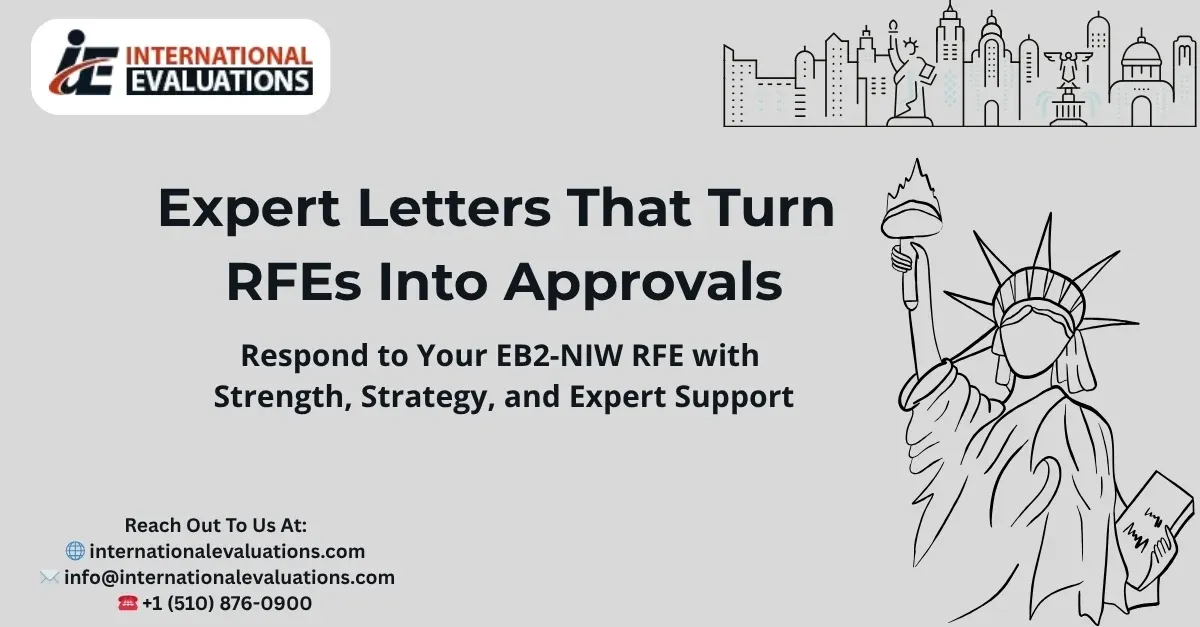Received an RFE? Don’t know much about it? For those who are new to this terminology, don’t panic. On a technical level, an Request For Evidences (RFE) is a written request for more evidences, by USCIS. This means that they want to have a proof to make a decision on a given application. In this blog, we will explain RFE so that at the end, you will know what to do! So, here are the essential parts of an RFE.
Part 1
An RFE is a document that has a first two paragraphs as an introduction. This will state the type of application, the date that USCIS received it, and which office is currently processing it. It also states that USCIS does not have enough evidences to make a decision on your application and therefore requires more evidences to support it.
Part 2
The next section is about the evidence submitted. This part lists all the documents that you have already submitted with respect to your application. It’s important to read this section carefully to determine if anything you submitted has not been listed in the RFE and, therefore, possibly not been reviewed. You can submit the missing information from an RFE that might be helpful to make a decision on your application.
Part 3
The next section is about the lack of evidence. This section is important as it lists all the additional documents that USCIS needs to make a decision on your petition. They may also state an eligibility requirement that has not been met by the documents already submitted by you. This section of an RFE will be lengthy and will provide you with the alternate options for the documentation requested. For example, if an RFE requires the submission of a birth certificate, you can instead submit your school records or affidavits of birth.
Part 4
The last section is about the deadline. This section is at the end of an RFE and informs the applicant of the time period to gather the missing evidence and the last date to submit it to USCIS. Also, this section will inform the applicant about the consequences of not responding to the RFE as per the deadline. If, in this case, you are not able to make the decision, it could also mean a denial.
Please note that the RFE response deadline will be stated as a number of days or as a date. If the number of days is mentioned, you should start counting from the date your RFE was issued, which is mentioned on the first page of an RFE, and not from the day you received your RFE.
Conclusion
You should be aware of the single additional document that is specified in an RFE. In the event that you fail to do so, you should have a clear explanation for the missing documents. It can’t be ignored if it’s mentioned in your RFE. At International Evaluations, we make sure that USCIS receives your response by the deadline mentioned in the RFE.








